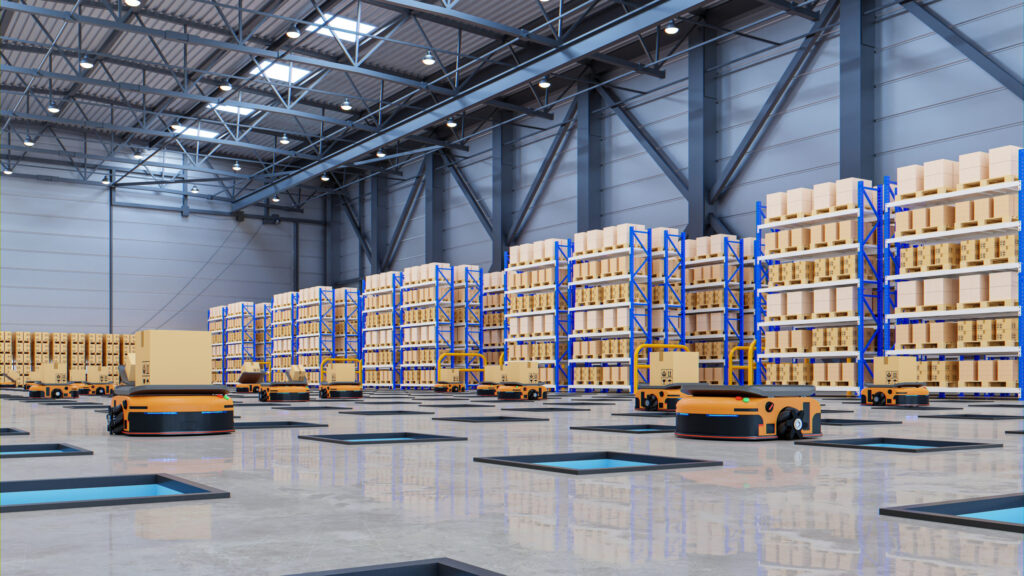Can Supply Chain Simulation Work for You?
In today’s global economy, monitoring the complete supply chain is critical to gaining a competitive edge. Demand and output alter dynamically, making it essential for supply chains to enhance their operations and adapt to evolving client demand. In addition, effective supply chains should provide products and services in a timely, reliable, and cost-effective manner. Leaders and analysts realize that Supply Chain Disruptions are significant hazards that must be understood. Non-integrated production and distribution systems can hinder progress. Many experts need help understanding these disturbances and what tactics and policies can help cope with them. And this is precisely where Supply Chain Simulation can help. By analyzing performance before execution, you can understand how a new plan will influence the whole supply chain before implementing it. Why Should the Supply Chain be Simulated? A faulty plan can cause a ripple effect across the supply chain, resulting in excess inventory, severe backlogs, poor product predictions, imbalanced capacity, poor customer service, unclear production plans, high backlog charges, or even lost revenues. Although ERP and SCM solutions provide several benefits, their ability to undertake what-if scenarios and predictive analyses is restricted. A simulation helps one better understand how connections and operations change over time due to evolving policies and parameters. The following are some examples of popular models used across industries: Increasingly, academicians propose that the discrete event simulation (DES) system may be the most appropriate for supply chains. DES replicates real-world supply chain systems, divided into logically independent operations that continue autonomously across time. Each event occurs within a specific process, and a timestamp is attributed to it. The behavior of intricate systems is codified as an organized sequence of well-defined events happening at one particular instant in time and marking a state change in the system. Discrete event simulation provides dynamic details and opportunities for greater insight by expanding the design, analysis, and optimization toolset for supply chain managers. Eventually, the simulation model used would depend on the purpose and requirements of the firm. The most significant advantage of supply chain simulation is that it allows you to evaluate the system’s performance before implementing an action. It also enables you to conduct better what-if analyses to improve planning and evaluate different operational options without interrupting the real-world process. The results? Seamless flow of goods, on-shelf availability resulting, and improved efficiency thanks to eliminating nonvalue added work. How Does Supply Chain Simulation Work? A supply chain simulation depicts the behavior of a logistics network over time using logical principles. For example, it is possible to begin manufacturing only when inventory dips below a certain level. You can also integrate various rules and study and test their interactions during disruptive events like strikes and natural catastrophes. When Should Supply Chain Simulation Be Used? Modern supply chains produce a large amount of data and are vulnerable to various threats. Both these aspects enhance analytical complexity and encourage dynamic simulation modeling. Simulation is especially beneficial when the underlying system is too complex to be explored using mathematical-analytical approaches. Simulation can also achieve the following: Use Cases of Supply Chain Simulation A supply chain simulation has multiple elements, including analyzing the product mix, evaluating different scenarios, and answering what-if questions related to strategy. Here are some examples of when to use supply chain simulation. Product Mix Analysis Choosing the correct product mix is one of the most critical tasks facing a supply chain company. Some goods may be aligned with the organization’s long-term plan, while others may need to be more profitable. In most cases, these decisions are complicated and determining how they impact the organization’s bottom line is difficult. Simulations give helpful solutions to product mix concerns, allowing planners to analyze potential consequences before executing a strategy, resulting in higher profit margins. Scenario Analysis When procuring items, supply chain planners often have many possibilities. Many decisions about supplier location, pricing, delivery cost, shipping, risk, tariffs, supply continuity, and quality come into play. Using a scenario analysis based on predictive analytics, planners can examine these and other aspects to decide which of many alternatives presents the lowest risk and highest profit while best supporting the company. What-if Analysis What-if analysis allows supply chain planners to anticipate what might happen if X, Y, or Z happened. It identifies threats not merely profitability threats but reputational and other risks to the whole supply chain. With advanced scenario modeling and constraint-based planning, it prepares planners for shifts in market demand. Planners create and test what-if scenarios to evaluate how one event affects projections across the supply chain. Conclusion Supply chain simulation is an evolving, practical technique critical for succeeding in today’s volatile environment. According to a McKinsey study, 73 % of companies encountered problems in their supplier base, while 75% faced production and distribution problems. Though getting everyone on board with a supply chain optimization initiative might be difficult, there is significant value in gathering suppliers, consumers, and management in the same room to examine the whole process using an interactive simulation that animates each link in the chain. Even when teams first utilize simulation as a silo tool to drive in-house process improvement initiatives, they rapidly learn that sharing their simulations with customers can help them interact with stakeholders and strengthen the bidding process. In addition, organizations that experience supply chain difficulties require the reliability of supply chain simulations.











